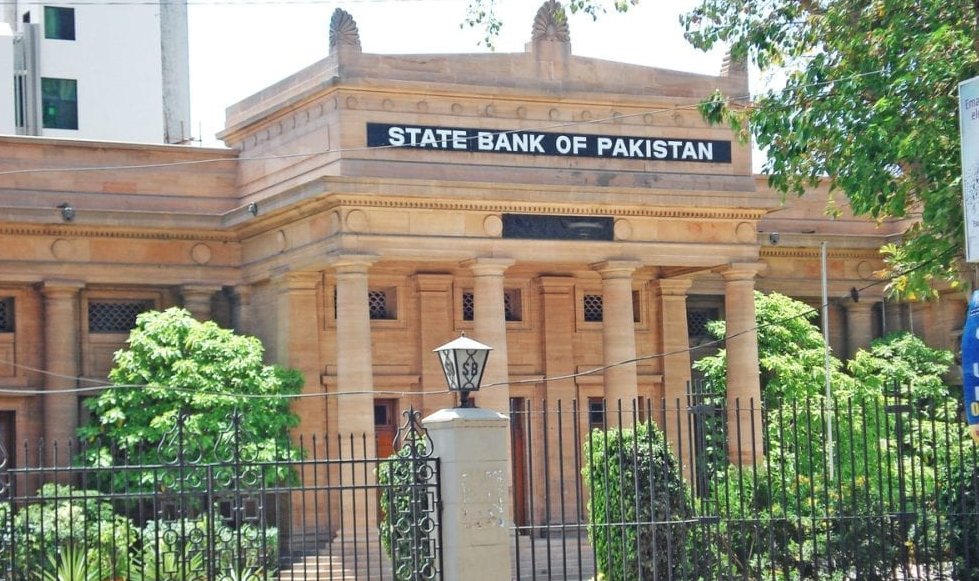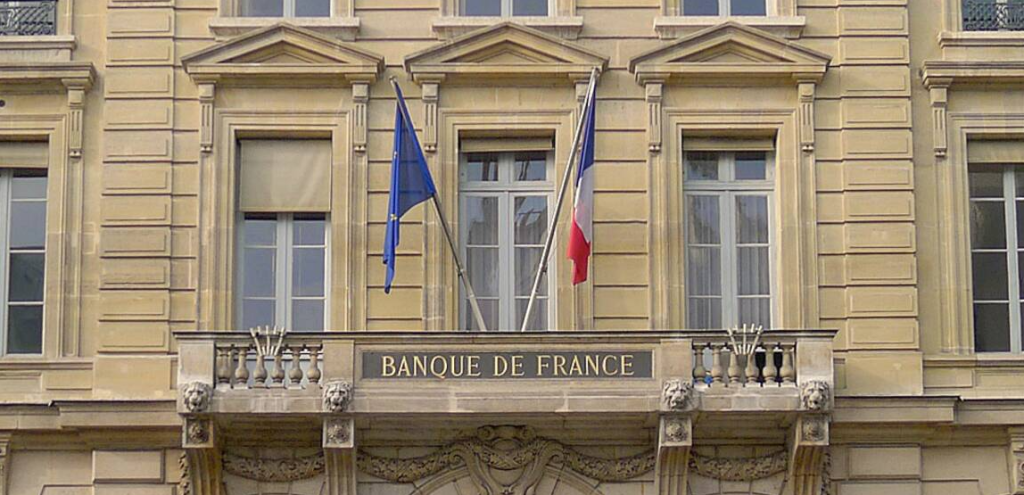United States of America National Bank, also known as the Federal Reserve, is the central bank of the United States. It is responsible for managing the country’s monetary policy, supervising and regulating financial institutions, and maintaining the stability of the financial system. In this article, we will provide a detailed overview of the Federal Reserve and its functions, as well as answer frequently asked questions about the institution.
The Federal Reserve, or “the Fed” as it is commonly known, was created in 1913 to provide the United States with a stable and flexible monetary and financial system. Since its inception, the Federal Reserve has played a crucial role in the United States’ economic growth and stability. In this article, we will provide a detailed overview of the Federal Reserve, including its history, structure, functions, and importance.
The History of the United States of America National Bank
The Federal Reserve was created in response to financial panics that occurred in the late 19th and early 20th centuries. These panics resulted in bank failures, job losses, and economic downturns. The Federal Reserve was established to provide a more stable and flexible monetary system that could prevent such panics in the future.
The Federal Reserve Act was signed into law by President Woodrow Wilson on December 23, 1913. The act created the Federal Reserve System, which consists of 12 regional Federal Reserve Banks, each with its own president and board of directors. The Federal Reserve System is overseen by the Board of Governors, which is located in Washington, D.C.
The Structure of the United States of America National Bank
The Federal Reserve System is composed of three main components: the Board of Governors, the Federal Reserve Banks, and the Federal Open Market Committee (FOMC).
The Board of Governors
The Board of Governors is the central governing body of the Federal Reserve System. It is composed of seven members who are appointed by the President of the United States and confirmed by the Senate. The Chairman of the Board is also appointed by the President and confirmed by the Senate. The Board of Governors is responsible for setting monetary policy and supervising and regulating financial institutions.
The Federal Reserve Banks
There are 12 regional Federal Reserve Banks located throughout the United States. Each bank is responsible for carrying out the policies set by the Board of Governors and providing financial services to its region. The banks are overseen by a board of directors, which is composed of both bankers and non-bankers.
The Federal Open Market Committee
The Federal Open Market Committee (FOMC) is responsible for setting monetary policy. It is composed of the seven members of the Board of Governors and five of the 12 Federal Reserve Bank presidents. The FOMC meets eight times a year to discuss and set monetary policy.
The Functions of the United States of America National Bank
The Federal Reserve has three main functions: monetary policy, supervision and regulation, and financial services.
Monetary Policy
One of the primary functions of the Federal Reserve is to set monetary policy. This involves controlling the supply of money and credit in the economy in order to promote price stability, full employment, and economic growth. The Federal Reserve uses a variety of tools to achieve these goals, including open market operations, discount window lending among others.
Supervision and Regulation
The Federal Reserve is also responsible for supervising and regulating financial institutions. This includes monitoring banks, credit unions, and other financial institutions to ensure that they are operating safely and soundly. The Federal Reserve also works to protect consumers by enforcing laws and regulations related to consumer lending.
Financial Services
The Federal Reserve provides a range of financial services to depository institutions, such as banks and credit unions. These services include maintaining accounts, clearing checks, and providing loans. The Federal Reserve also operates the payment system for the United States, which facilitates the transfer of funds between banks and other financial institutions.
The Importance of the Federal Reserve
The Federal Reserve plays a critical role in the United States’ economic stability and growth. Its monetary policy decisions have a significant impact on interest rates, inflation, and employment levels. The Federal Reserve also works to ensure that financial institutions are operating safely and soundly, which helps to maintain the stability of the financial system. Without the Federal Reserve, the United States would not have a stable and flexible monetary system, which would make it difficult to maintain economic growth and stability.
Frequently Asked Questions (FAQs)
- What is the primary function of the Federal Reserve?
The primary function of the Federal Reserve is to set monetary policy in order to promote price stability, full employment, and economic growth.
- How does the Federal Reserve set monetary policy?
The Federal Reserve sets monetary policy by controlling the supply of money and credit in the economy. It uses a variety of tools to achieve its goals, including open market operations and discount window lending.
- What is the role of the Board of Governors?
The Board of Governors is responsible for setting monetary policy and supervising and regulating financial institutions.
- How many Federal Reserve Banks are there?
There are 12 regional Federal Reserve Banks located throughout the United States.
- What is the Federal Open Market Committee?
The Federal Open Market Committee (FOMC) is responsible for setting monetary policy. It is composed of the seven members of the Board of Governors and five of the 12 Federal Reserve Bank presidents.
Conclusion
The Federal Reserve is a crucial institution that plays a critical role in the United States’ economic stability and growth. Its monetary policy decisions have a significant impact on the country’s economic well-being, and its supervision and regulation of financial institutions help to maintain the stability of the financial system. By understanding the functions and importance of the Federal Reserve, individuals can gain a better understanding of the United States’ monetary and financial systems.
References
- “The Federal Reserve System: Purpose & Functions.” Board of Governors of the Federal Reserve System, 2021. https://www.federalreserve.gov/aboutthefed/pf.htm
- “How the Federal Reserve System Works.” The Balance, 2021. https://www.thebalance.com/how-the-federal-reserve-system-works-3305854
- “Federal Reserve System.” Encyclopædia Britannica, 2021. https://www.britannica.com/topic/Federal-Reserve-System

